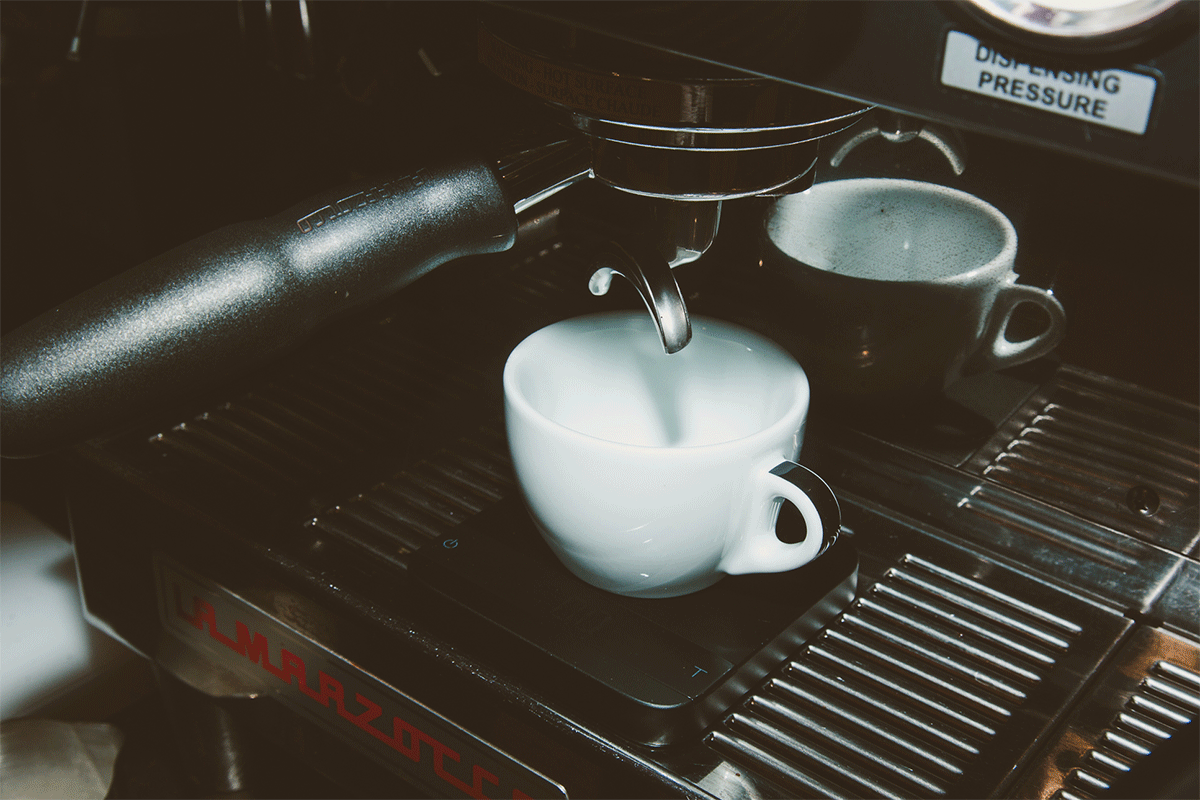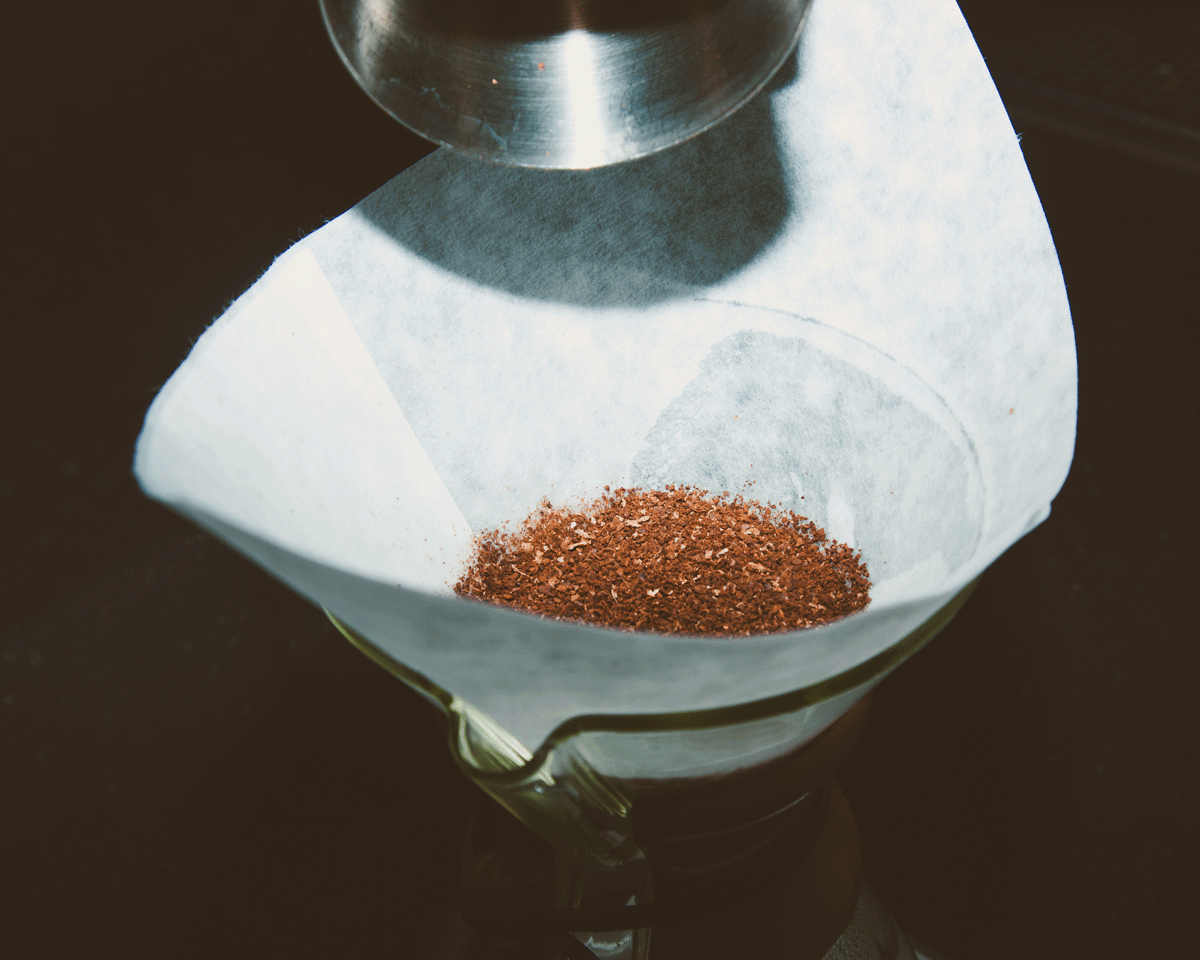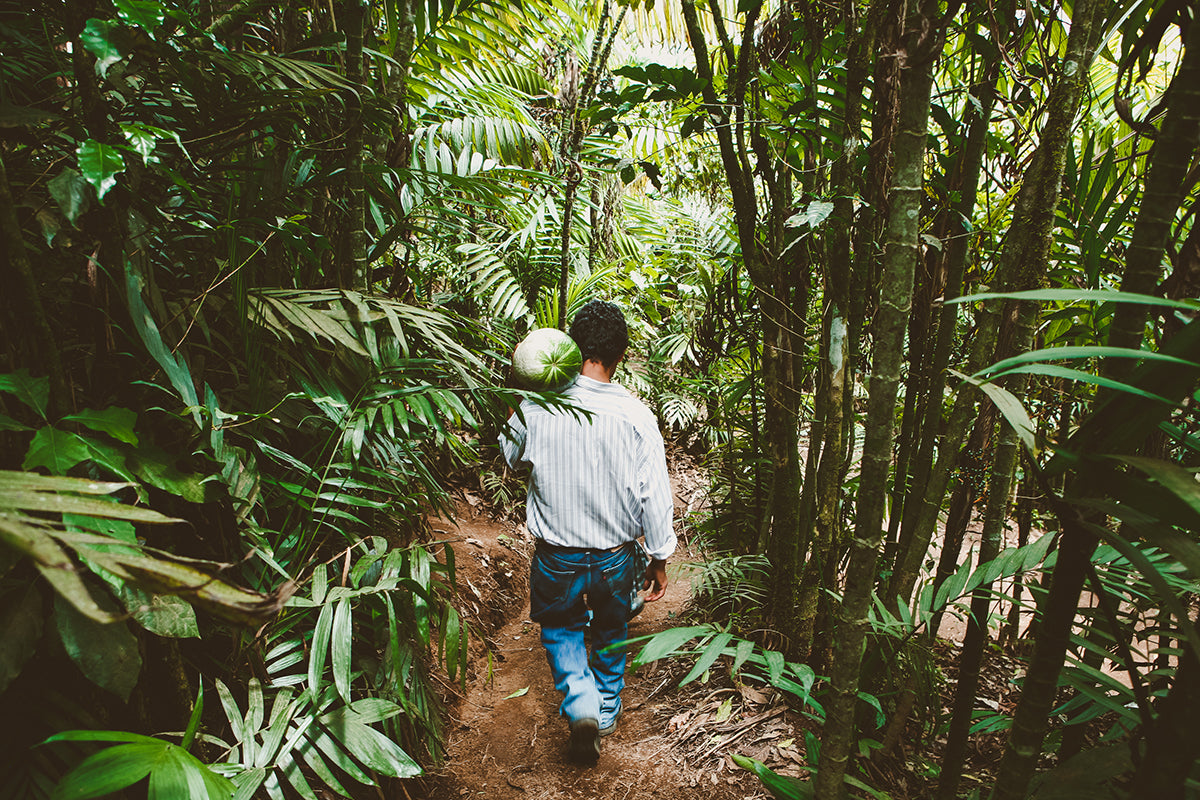
Things you need:
1. Traditional Espresso Machine
2. Digital scale
3. Burr Grinder with precise adjustments designed for espresso
4. Tamper
5. Knock Box/Trash can
6. Digital Timer
7. For Cappuccino: 8 oz cup
8. For Cappuccino: 12 oz milk pitcher
9. For Cappuccino: High quality milk
Espresso Recipe:
17-18 grams of ground coffee
35-40 grams beverage weight/pulled espresso (1.5oz~)
27-30 seconds
200 degree water
9 bars of pressure (machine)
For Cappuccino
~4oz high quality milk of YOUR CHOICE
1. Tare the Portafilter on the scale.

2. Make sure you’re using the amount of coffee recommended for your basket size.
At Irving Farm we use 17-18 grams of ground coffee in the portafilter basket.


3. Using your finger or tapping the portafilter with your palm, create a level surface before tamping.

4. Keep your wrist straight and apply firm even pressure across the coffee bed as you tamp to ensure an even extraction.

5. Rinse the grouphead of your espresso machine, then carefully insert your portafilter into the Grouphead and start your espresso pull immediately.

6. Signs to look for in quality espresso:
a. The streams should drop down at approximately 5 seconds.
b. Both streams should flow evenly.
c. Espresso should be have a deep caramel color that lightens as the extraction nears finish.
d. You should see 35-40 grams of beverage weight in approximately 30 seconds.


7. If you're continuing on to make a Cappuccino, aerate your milk of choice carefully for a few seconds.
Position the steam pitcher so the milk can move in a whirlpool like motion. Hold the position and continue until the milk reaches your ideal temperature. At Irving Farm we steam milk to approximately 145 degrees for cappuccinos.

8. Finish with a beautiful pour.
Be sure to hold your cup by the handle and keep it tilted at a steep angle. Start off approximately 6 inches away from the surface of the espresso, filling the first halve of the cup and then slowly lowering your pitcher.
For best results when pouring, the tip of the pitcher should nearly touch the surface of the espresso.




















































